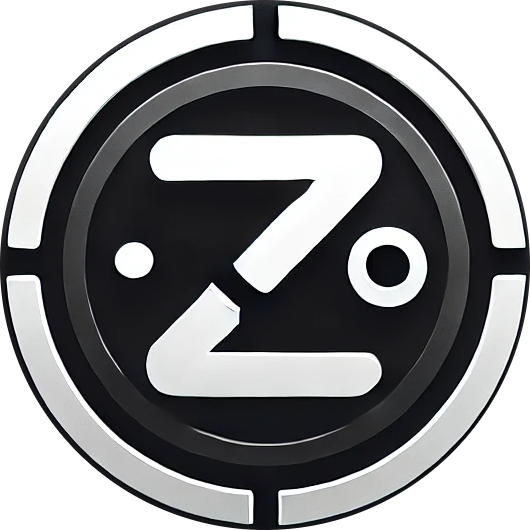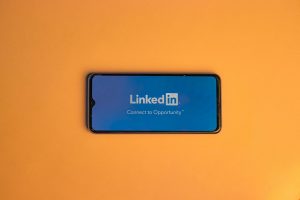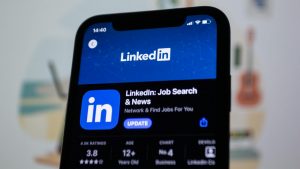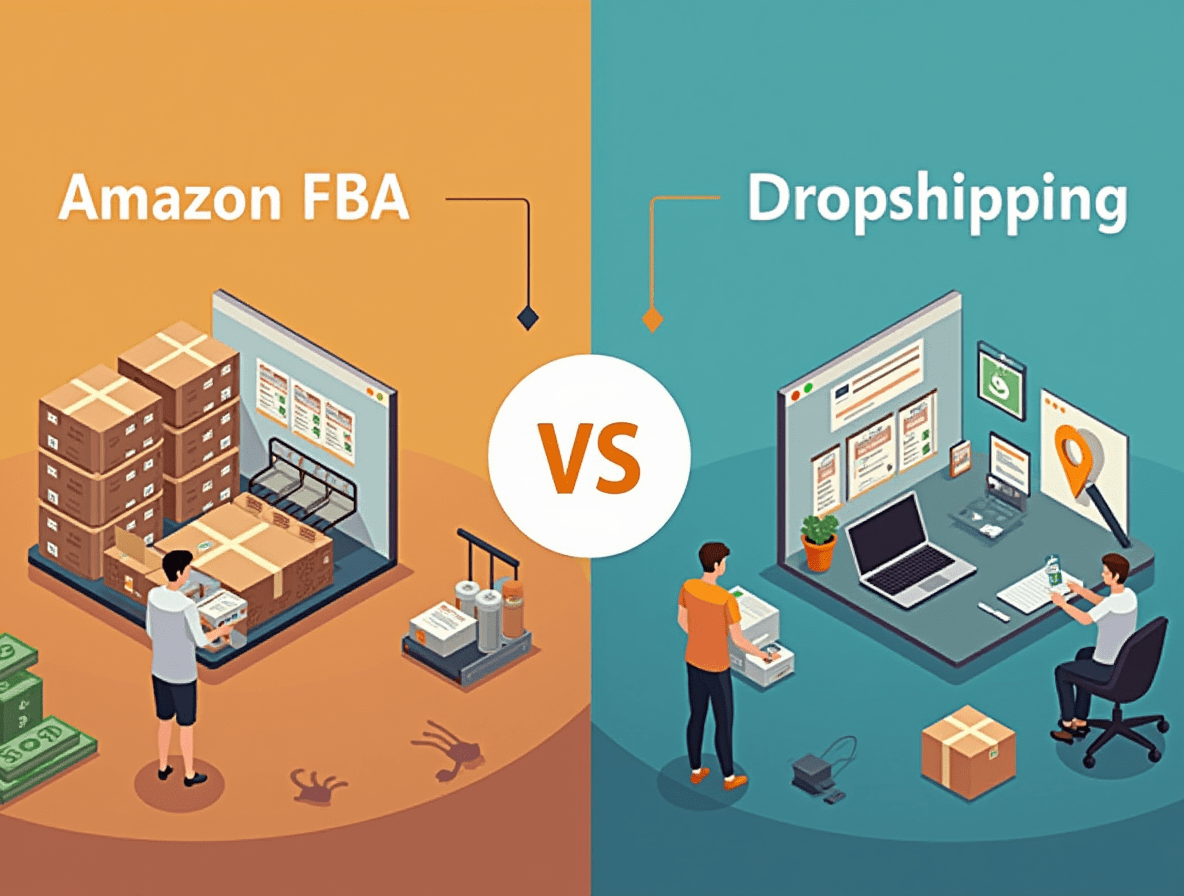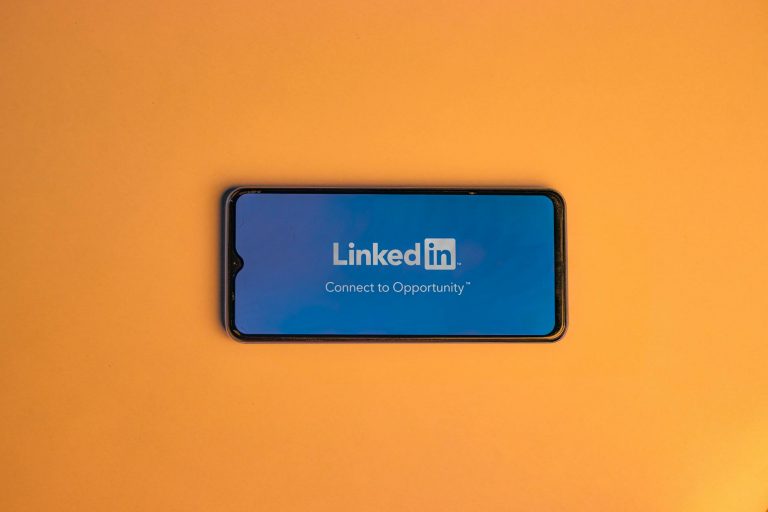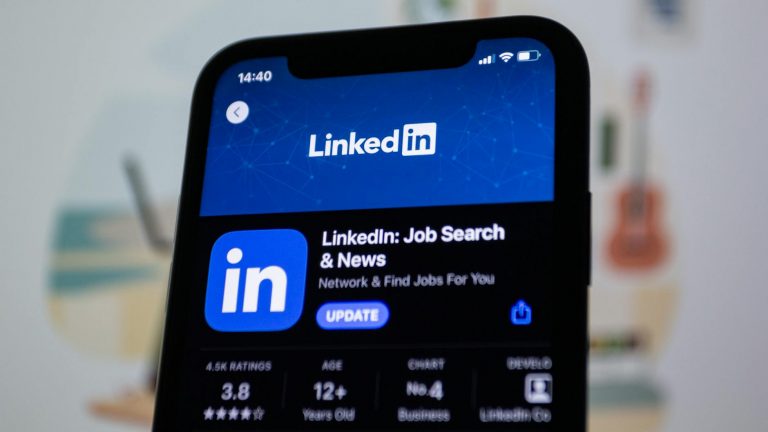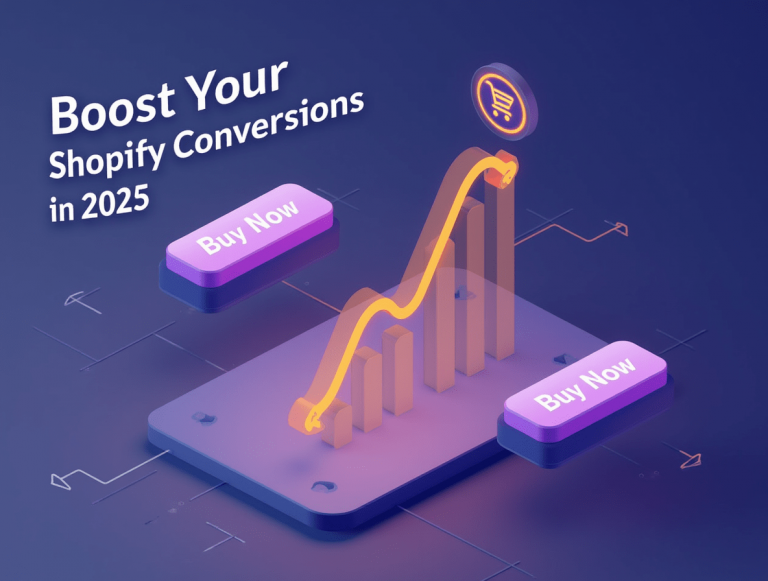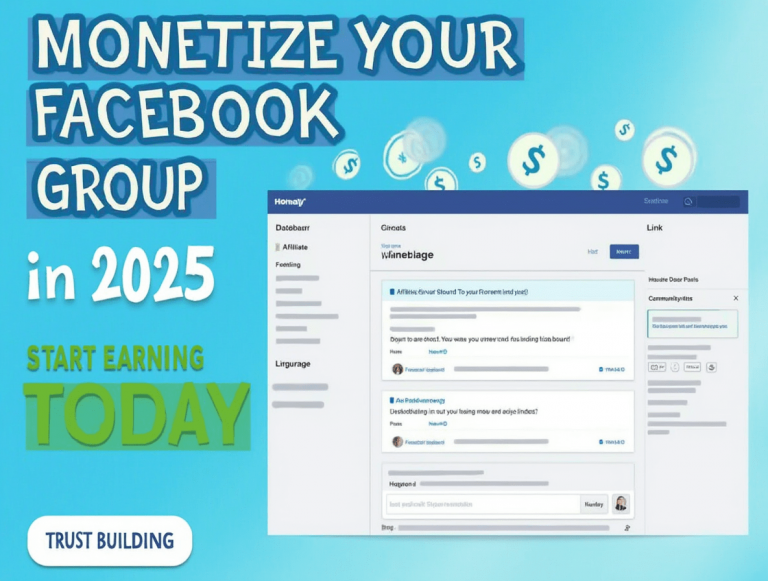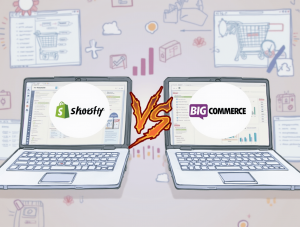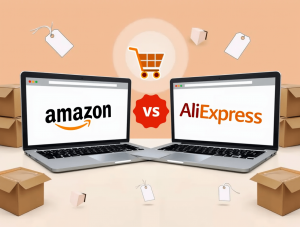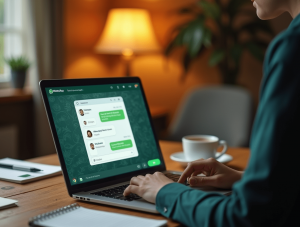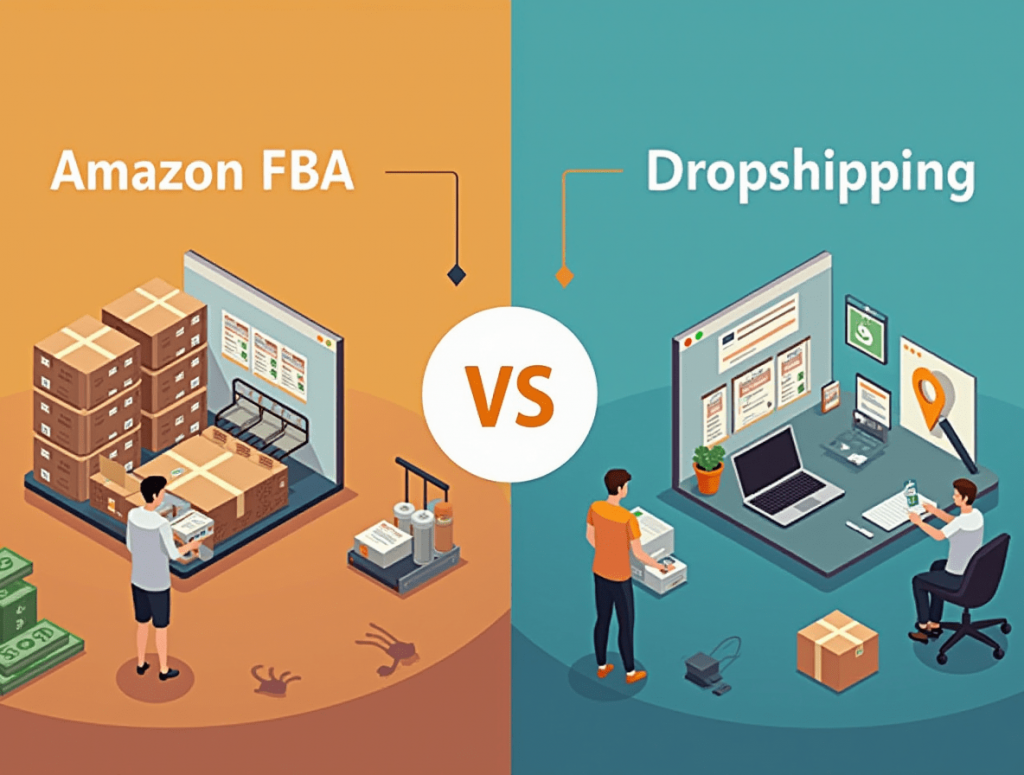
Amazon FBA vs. Dropshipping: Finding Your Path to E-commerce Profitability
The global e-commerce industry continues its explosive growth, projected to exceed $7 trillion in 2025. For entrepreneurs looking to claim their share of this expansive market, two business models consistently emerge as popular entry points: Amazon FBA (Fulfillment by Amazon) and dropshipping. While both offer paths to e-commerce success with relatively low barriers to entry, they operate on fundamentally different principles that significantly impact profitability potential.
Recent market analysis shows that 57% of Amazon sellers generate at least $5,000 in monthly revenue, while only 26% of dropshippers achieve similar results in their first year. However, these surface-level statistics mask a more nuanced reality about how each model generates profits and what they require from entrepreneurs. This comprehensive comparison examines the key factors that influence profitability in both models to help you determine which approach aligns better with your resources, skills, and business goals.
Initial Investment Requirements: Capital Barriers to Entry
Amazon FBA Startup Costs
Amazon FBA requires more substantial upfront investment:
- Inventory costs: $2,000-$5,000+ (minimum viable starting inventory)
- Amazon Professional Seller account: $39.99/month
- FBA fees: Storage fees ($0.48-$2.40+ per cubic foot depending on season)
- Referral fees: 8-15% of sales price (category dependent)
- Product research tools: $50-200/month
- UPC codes: $5-30 each
- Product photography: $200-500 for initial product line
- Packaging and prep: $1-5 per unit
- Sample testing: $100-300
Realistic minimum startup capital: $3,000-$10,000 for a single product line
Dropshipping Startup Costs
Dropshipping offers a lower financial entry point:
- Website and hosting: $29-79/month (Shopify or similar)
- Product research tools: $20-100/month
- Supplier directory access: $0-60/month
- Initial marketing budget: $500-2,000 (highly variable)
- App/plugin expenses: $50-200/month
- No inventory purchase required
Realistic minimum startup capital: $1,000-$3,000
E-commerce financial consultant James Chen notes: “The capital efficiency advantage of dropshipping is significant for cash-constrained entrepreneurs, but this shouldn’t be the only deciding factor. The lower financial barrier often translates to higher competition and thinner margins, creating a different set of challenges.”
Margin Structure and Profit Potential
Amazon FBA Profit Margins
Amazon FBA typically offers:
- Average gross margins: 25-40%
- Net profit margins: 10-20% after all Amazon fees
- Average order value: $30-50
- Potential for higher volume: Access to Amazon’s massive customer base
- Higher brand equity building potential: Private labeling opportunities
- Opportunities for bundling and unique offerings
An average Amazon FBA seller might expect to net $2-5 per unit sold after all expenses.
Dropshipping Profit Margins
Dropshipping generally yields:
- Average gross margins: 15-30%
- Net profit margins: 10-15% after payment processing and platform fees
- Average order value: Variable but typically lower than FBA
- Lower customer acquisition costs when self-managed: Not paying Amazon fees
- Greater pricing flexibility: No set fee structure based on categories
- Opportunity for high-ticket dropshipping: Focused on expensive items with higher margins
A typical dropshipper might make $5-15 per order depending on niche and supplier relationships.
According to e-commerce strategist Melissa Rodriguez: “The margin structures fundamentally differ in where compression happens. Amazon FBA squeezes profits with their fee structure but provides built-in traffic. Dropshipping offers more control over margin structure but requires you to solve the traffic equation yourself, which can quickly erode profitability if not managed effectively.”
Operational Workload and Time Investment
Amazon FBA Operational Requirements
Amazon FBA demands:
- Intensive product research: More critical due to inventory investment
- Supply chain management: Finding manufacturers, negotiating terms
- Quality control procedures: Inspecting products before shipping to Amazon
- Inventory forecasting: Preventing stockouts while minimizing storage fees
- Periodic restocking logistics: Managing freight, customs, and shipping
- Listing optimization: Detailed work on Amazon’s platform
- Initial setup time: 2-3 months typical for first product launch
- Ongoing management: 10-20 hours weekly once established
The FBA model is more front-loaded with work but becomes increasingly passive once systems are established.
Dropshipping Operational Requirements
Dropshipping involves:
- Continuous supplier management: Verifying stock, handling communication
- Customer service demands: Managing expectations around shipping times
- Order fulfillment monitoring: Ensuring suppliers ship promptly
- Website maintenance and optimization: Building your own traffic channels
- Active marketing management: Testing and optimizing advertising
- Return and refund handling: Often more complex than with FBA
- Initial setup time: 2-4 weeks typical to launch store
- Ongoing management: 15-30 hours weekly to maintain operations
Dropshipping offers quicker setup but typically requires more continuous hands-on management.
Operations expert Thomas Wright explains: “FBA requires more intensive startup work and capital but transitions to a more automated model. Dropshipping lets you start faster but rarely achieves the same level of operational efficiency without significant systems development. Your personal bandwidth and skills should heavily influence this decision.”
Scalability and Growth Potential
Amazon FBA Scalability Factors
FBA scaling characteristics include:
- Capital-intensive growth: Requires additional inventory investment
- Predictable expansion costs: Clear understanding of fees per new product
- Built-in fulfillment infrastructure: Amazon handles increased volume
- Geographic expansion capabilities: International FBA programs
- Brand registry opportunities: Enhanced control and protection
- Potential for brand acquisition: Established FBA brands attract buyers
- Multiple exit strategy options: Sellable business asset
FBA businesses typically reach $100K monthly revenue with 5-10 successful products.
Dropshipping Scalability Factors
Dropshipping scaling characteristics include:
- Less capital-intensive growth: Adding products requires minimal investment
- Supplier relationship dependence: Quality and reliability become critical at scale
- Fulfillment challenges at volume: More orders mean more potential issues
- Technology stack requirements: Need for automation and integration
- Customer service scaling challenges: More complex than FBA
- Lower barriers to market testing: Easier to try new product categories
- Typically lower business valuation multiples: Less attractive to acquirers
Successful dropshipping businesses can reach $50K monthly revenue but often hit operational ceilings without significant system upgrades.
E-commerce growth consultant Aisha Johnson notes: “The scalability ceiling for most entrepreneurs is rarely capital—it’s operational complexity. FBA solves much of this complexity through Amazon’s infrastructure but restricts your growth to their ecosystem. Dropshipping offers more freedom but requires you to build your own operational systems to achieve meaningful scale.”
Risk Assessment and Volatility
Amazon FBA Risk Factors
FBA entrepreneurs face:
- Inventory risk: Capital tied up in stock that might not sell
- Amazon policy changes: Platform dependency risks
- Account suspension risks: Sometimes with limited recourse
- Increasing competition: Especially in profitable categories
- Rising advertising costs: PPC expenses growing annually
- Potential for inventory reimbursement issues: Requiring constant monitoring
- Chinese manufacturer relationships: Quality control challenges
- Seasonal storage fee increases: Affecting capital efficiency
FBA businesses typically see more stable month-to-month revenue but face more catastrophic risk factors that could affect the entire business.
Dropshipping Risk Factors
Dropshippers contend with:
- Supplier reliability issues: Stock inconsistency and shipping delays
- Payment processor scrutiny: Higher rates of chargebacks and fraud
- Platform dependency: If using marketplaces rather than own site
- Traffic source volatility: Algorithm changes affecting visibility
- Lower customer loyalty: Typically lower repeat purchase rates
- Thin margins vulnerable to advertising cost increases
- More variable month-to-month performance
- Greater market saturation in accessible niches
Dropshipping typically offers more diversified risk across multiple products and suppliers but suffers from less stability and predictability.
Risk management expert Daniel Kwan explains: “FBA concentrates risk in fewer, larger bets with higher stakes. Dropshipping distributes risk across many smaller bets. Neither approach eliminates risk, but they structure it differently. Your risk tolerance and capital situation should guide which profile better suits your circumstances.”
Timeline to Profitability
Amazon FBA Profit Timeline
FBA businesses typically follow this path:
- Research and sourcing phase: 1-2 months
- Production and shipping to Amazon: 2-3 months
- Initial launch and optimization: 1-2 months
- Break-even point: Usually 4-8 months after first investment
- Profitability threshold: Typically 6-12 months from business inception
- Sustainable profit generation: 12+ months
Most successful FBA businesses require 6-12 months to achieve consistent monthly profits of $3,000-$10,000.
Dropshipping Profit Timeline
Dropshipping operations typically experience:
- Store setup and supplier sourcing: 2-4 weeks
- Testing phase for viable products: 1-3 months
- Marketing channel optimization: 2-4 months
- Break-even point: Often 3-6 months after launch
- Profitability threshold: Typically 4-8 months from business inception
- Stable profit generation: 6+ months
Successful dropshipping operations may achieve consistent monthly profits of $2,000-$8,000 within 6 months.
Business development strategist Michelle Park observes: “The faster path to first sale often misleads dropshipping beginners about the timeline to meaningful profitability. While you might make your first sale within days, building sustainable systems for consistent profit typically takes similar timeframes for both models, just with different upfront resource allocations.”
Expert Insights: Key Profit Factors
According to a 2024 survey of 500+ e-commerce entrepreneurs with experience in both models:
- For fastest path to first revenue: 78% favored dropshipping
- For highest profit margin potential: 62% favored Amazon FBA
- For lower ongoing workload: 71% favored Amazon FBA
- For lowest financial risk: 65% favored dropshipping
- For brand building potential: 80% favored Amazon FBA
- For business value at exit: 73% favored Amazon FBA
- For lifestyle business suitability: Results split evenly
- For scalability with limited resources: 58% favored Amazon FBA
Which Business Model Suits Your Path to Profitability?
Amazon FBA May Be More Profitable For:
- Entrepreneurs with $5,000+ in startup capital
- Those focused on building a sellable business asset
- People with product development or sourcing experience
- Individuals seeking more automated operations long-term
- Businesses targeting higher-value niches with less price sensitivity
- Those willing to accept platform dependency for built-in traffic
- Entrepreneurs with longer time horizons (12+ months to significant profit)
Dropshipping May Be More Profitable For:
- Entrepreneurs with limited startup capital ($1,000-$3,000)
- Those testing multiple niches before deeper commitment
- People with strong digital marketing or website optimization skills
- Individuals seeking location independence and flexible inventory
- Businesses focusing on trending products with shorter lifecycles
- Those prioritizing control over their own platform and customer data
- Entrepreneurs seeking quicker market feedback and iteration
Conclusion: Matching Model to Entrepreneur
The most profitable e-commerce model ultimately depends not just on the inherent characteristics of each approach, but on their alignment with your specific resources, skills, and goals. Rather than viewing one model as universally superior, successful entrepreneurs assess which system better complements their unique advantages and constraints.
Amazon FBA typically offers higher profit potential for those with sufficient startup capital and patience to develop products with sustainable competitive advantages. Its built-in fulfillment infrastructure removes significant operational complexity, allowing for more scalable growth once initial hurdles are overcome.
Dropshipping provides a more accessible entry point with greater flexibility but often requires stronger marketing skills and presents more complex operational challenges at scale. Its lower capital requirements make it particularly suitable for testing concepts before deeper investment.
Many e-commerce success stories actually involve hybrid approaches or sequential implementation—starting with dropshipping to validate niches before transitioning to FBA for products with proven demand. This progressive strategy combines the lower initial risk of dropshipping with the higher margin potential and operational efficiency of FBA.
The most profitable approach is ultimately the one you can execute most effectively with your current resources while building toward your specific vision of e-commerce success.
Frequently Asked Questions
Can I start with dropshipping and transition to Amazon FBA later? Yes, this is actually a common strategy. Dropshipping allows you to test products with minimal investment before committing to inventory purchases for your best-performing items. Many successful Amazon sellers used dropshipping as their initial market research method.
Which model is better for selling internationally? Amazon FBA offers more straightforward international expansion through their global fulfillment network, though it requires separate inventory allocation. Dropshipping internationally often involves longer shipping times unless you find local suppliers in each market, which adds complexity.
How do return rates compare between the models? Amazon FBA typically experiences return rates of 5-15% depending on category, with Amazon handling the return process. Dropshipping return rates vary dramatically by supplier quality but tend to be higher (8-20%) due to customer expectations not matching reality, with more complex logistics for processing returns.
Can either model be run as a part-time business? Both can function as part-time ventures, but they have different time requirement patterns. Amazon FBA demands intensive work upfront but becomes more passive once systems are established. Dropshipping requires more consistent ongoing attention but can be managed in smaller daily time blocks.
Which model has better long-term sustainability? Amazon FBA businesses generally command higher multiples when sold (typically 2.5-4x annual profit versus 1.5-2.5x for dropshipping operations) and have more defensible positions if proper branding is established. However, they also face greater platform dependency risks that can affect long-term sustainability.
